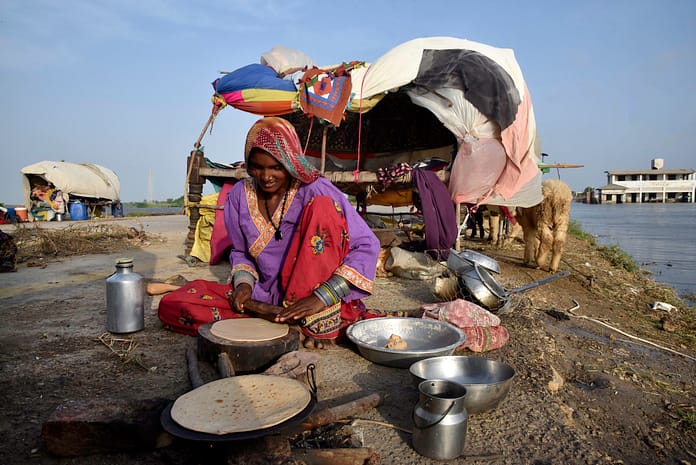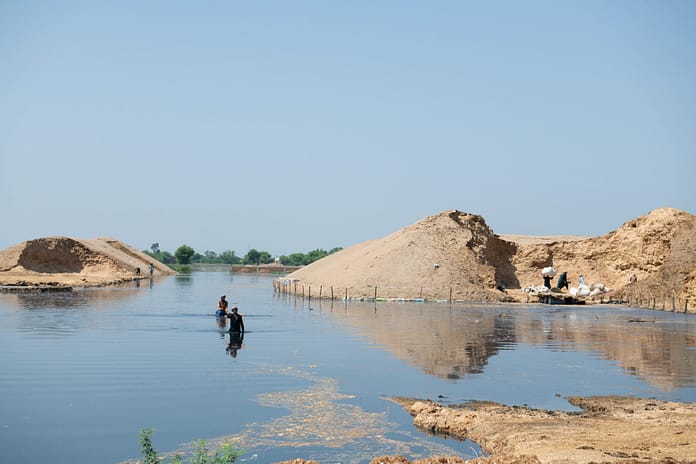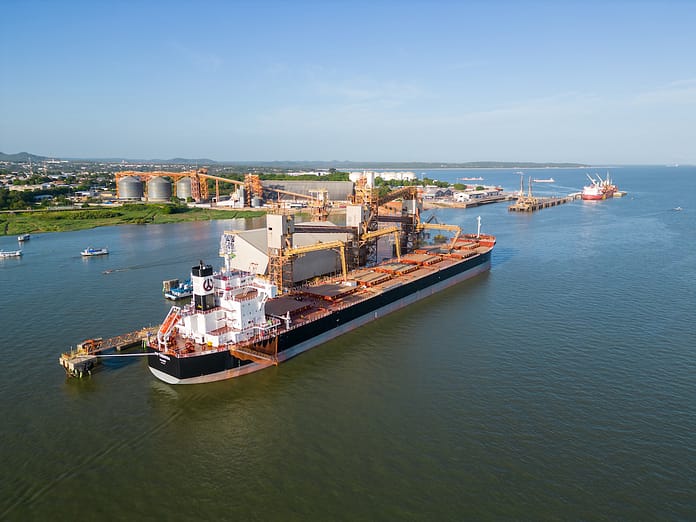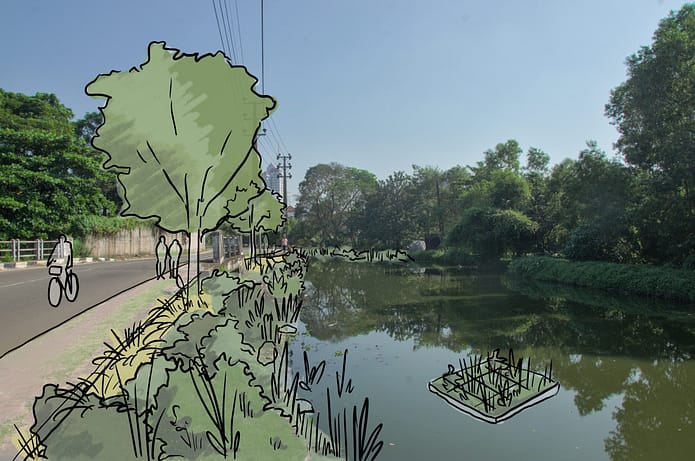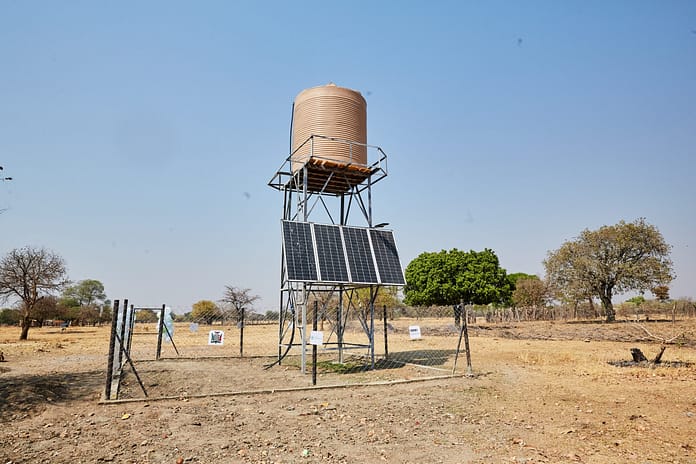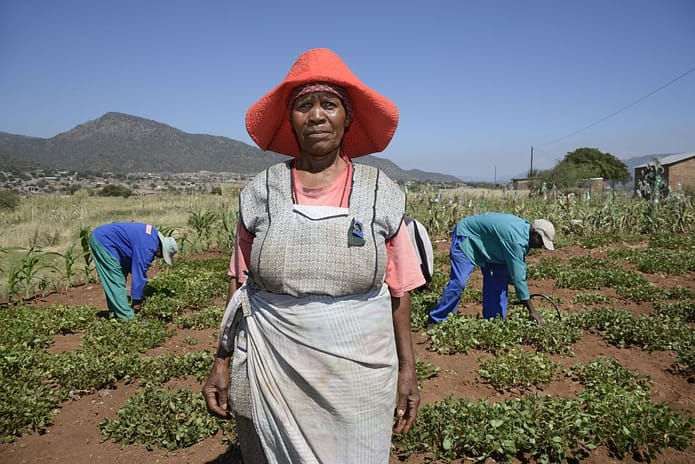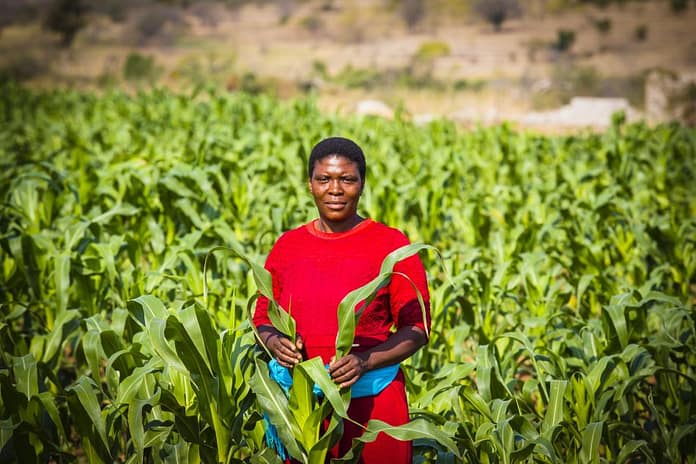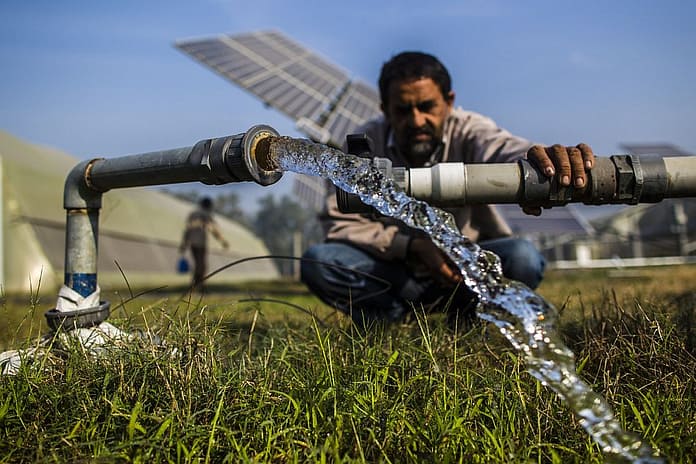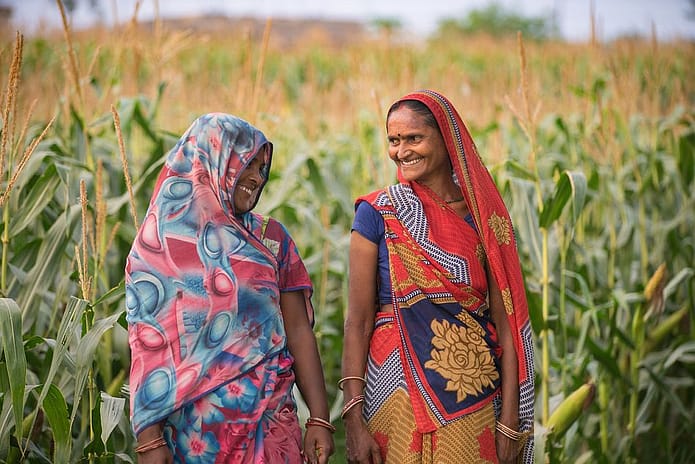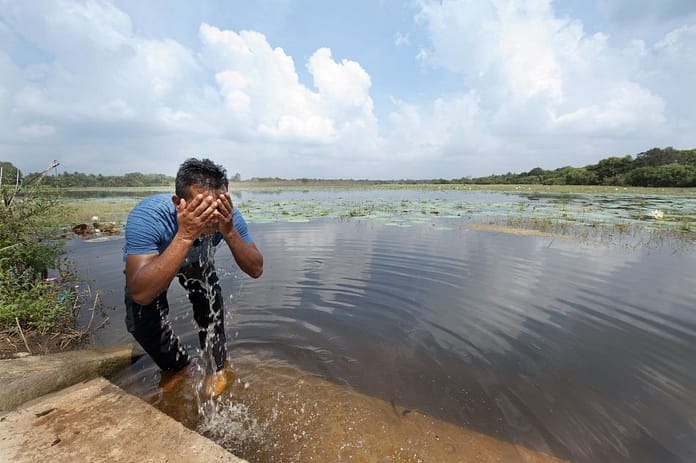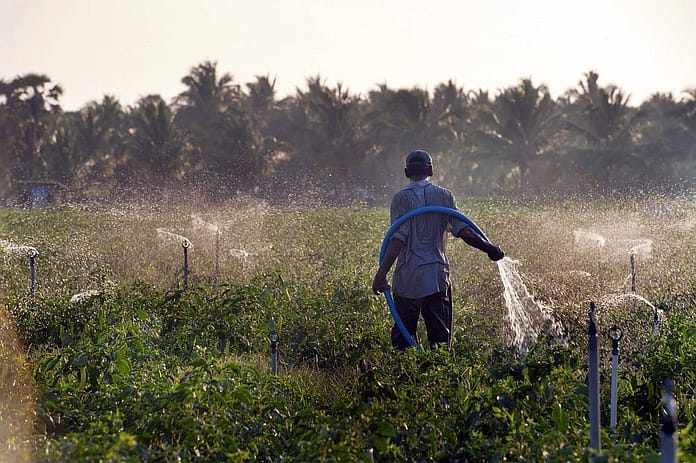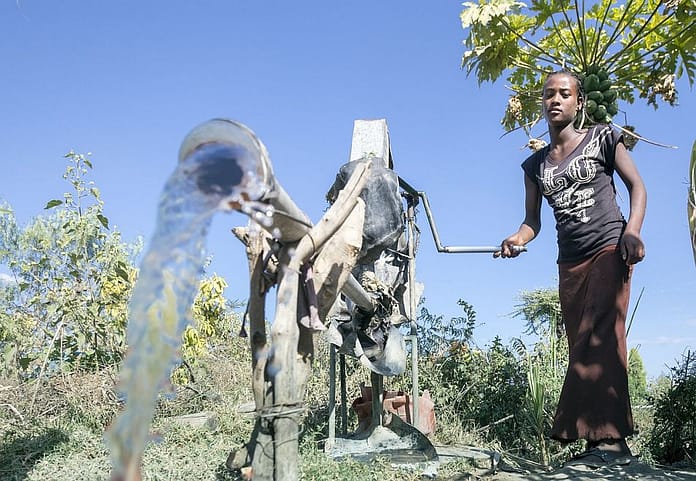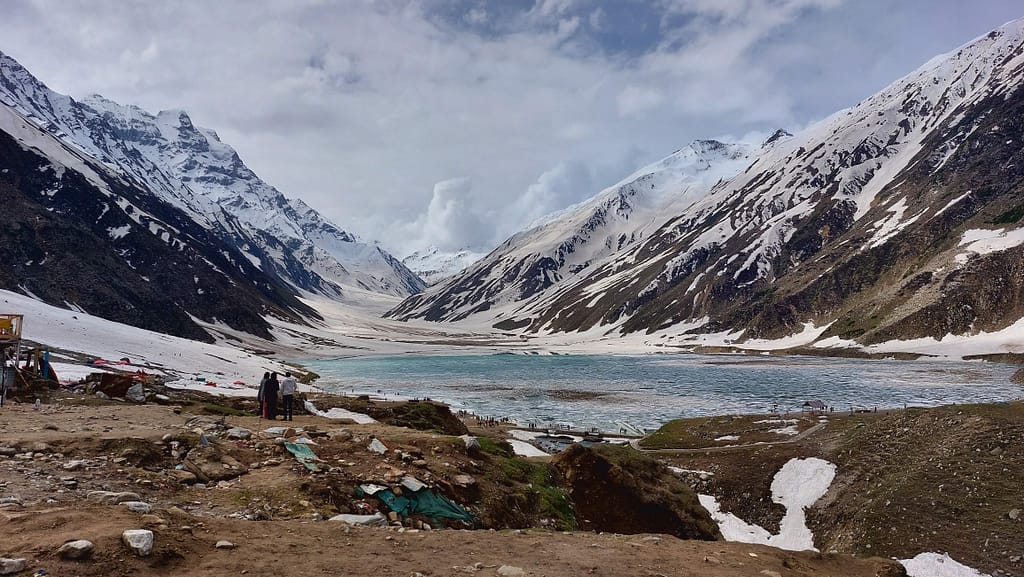
As a Tourism Officer with the Pakistan Tourism Development Corporation (PTDC) for over a decade, I have witnessed the evolution of Pakistan’s tourism landscape up close. I have seen the joy, the excitement and the awe on visitors’ faces as they experienced our northern valleys for the first time. Back then, tourism showcased the greener, softer side of Pakistan, a nation of breathtaking landscapes, vibrant culture and generous hospitality. But ever since I transitioned from tourism into the development sector, I have seen another side too; one marked by natural disasters, man-made crises, internal displacements, floods, droughts and environmental emergencies. This dual perspective has made it painfully clear to me that the lines between beauty and vulnerability are far thinner than they seem.
Every summer, as temperatures soar across Pakistan’s plains, millions escape to the majestic north, towards the valleys of Swat, Skardu, Hunza, Naran, Kaghan and beyond. These landscapes, carved by glaciers and rivers over millennia, offer a refreshing contrast to urban chaos. But behind the breathtaking views lies an uncomfortable truth: tourism in these areas, when approached in an uncoordinated manner, is becoming increasingly dangerous and deadly.
Never in my years with PTDC did I witness the kind of negligence and reckless behavior of tourists that has now become disturbingly common. Visitors across ages are now risking their lives, driven by the urge to capture the perfect photograph or selfie. Tragically, many have lost their lives in the blink of an eye.
The 2025 tourism season has already witnessed a string of heartbreaking accidents. Families lost, lives cut short, all in pursuit of beauty, but often at the cost of basic safety and awareness.
When nature’s majesty demands respect
A tragic pattern has emerged. A car plunges into a ravine in Lower Kohistan; eight family members die. In Gilgit-Baltistan, four young friends disappear on a night drive; their bodies found ten days later. In Kalam, a family’s boating trip turns fatal as five women and children drown. In Naran, tourists posing near a glacier are crushed by collapsing ice. Similar incidents have occurred in Buner, Kaghan and Swat.
The latter tragedy was part of a broader climate-fueled catastrophe. In just one week of monsoon rains and flash flooding, at least 46 people lost their lives across Pakistan, including 13 in Punjab, 22 in Khyber Pakhtunkhwa, seven in Sindh and four in Balochistan. Among the victims were 13 tourists from a single family who were swept away by the Swat River near Mingora. These devastating numbers highlight how climate extremes, combined with a lack of preparedness, are turning natural beauty into zones of risk and grief.
These stories aren’t isolated. Overloaded vehicles, inexperienced drivers, late-night travel, lack of safety gear and underestimating nature’s hazards — these are recurring themes. But they also hint at a deeper, more systemic issue: the changing climate.
The climate crisis is here — and deadly
Pakistan is no stranger to climate change. But the signs are growing more severe. Weather patterns are unpredictable. Extended heatwaves and droughts are now followed by sudden cloudbursts and flash floods. Glaciers are melting faster, and rivers are swelling with little warning. In cities, poor drainage and weak infrastructure turn every downpour into a disaster.
These climate extremes don’t just threaten urban life or agricultural activities; they also make tourism in northern Pakistan far more dangerous. Tourists now face sudden flooding, frequent landslides, collapsing glaciers and treacherous road conditions, often without adequate warning or infrastructure to manage these risks. Addressing these challenges requires early warning systems and climate-resilient planning that protects both lives and livelihoods, especially in high-traffic tourist zones.
Compounding these climate risks is Pakistan’s deteriorating ability to store water. The country has no comprehensive rainwater storage policy. Urban water tables are plummeting. Groundwater is being extracted faster than it can be replenished. And when rain does fall, most of it is lost, either to floods or into polluted drains, rather than being harvested and conserved. This is not just a climate emergency. It is a governance failure.
Rescue isn’t enough, preparedness is a must
While rescue operations have been launched in several of these tragic cases, they are often delayed, under-resourced or overwhelmed. In the aftermath of disasters, local community members and volunteers are frequently the first, and sometimes only, responders. The role of Provincial Disaster Management Authorities (PDMAs), the District Administration, Rescue 1122, and other emergency services must evolve from being reactive to proactive.
During the tourism and monsoon seasons, government agencies must maintain visible, well-equipped teams stationed in high-risk areas, particularly near rivers, tourist hotspots and known landslide zones. Early warning systems, swift evacuation plans and real-time monitoring can prevent many of these incidents from becoming fatal.
The loss of life can be reduced significantly, not just through public caution, but through institutional readiness backed by scientific data. Take for instance, the International Water Management Institute’s (IWMI) vital role during Pakistan’s unprecedented floods in 2022. When disaster struck, they sprang into action equipping the government with near real-time satellite-based flood monitoring and damage assessments. This support helped authorities make faster, smarter decisions that ultimately helped save lives.
Water actions for a safer future
Addressing the challenges faced by climate change requires a shift from reactive firefighting to proactive planning. First and foremost, Pakistan must make rainwater harvesting a national priority — not just on paper, but in practice. It should be mandatory in urban development plans, residential buildings and public infrastructure projects. The aim should be to capture and utilize seasonal rains rather than letting them wash away in floods.
At the same time, the country must establish a legal and regulatory framework to control unregulated groundwater extraction. Without oversight, communities and industries will continue to draw water faster than it can be replenished, worsening the crisis in cities already running dry.
Investment in water storage infrastructure, both small-scale local systems and large regional reservoirs, is also urgently needed to address increasing water demands driven by agriculture and seasonal tourism.
These are also areas where IWMI and partners are actively contributing. Working in Pakistan since 1986, IWMI has supported improved water resource accountability and promoted smart storage and groundwater recharge solutions in regions like Balochistan and across the Indus Basin to help balance competing water needs of local communities, farmers and visitors.
A compelling example is the groundwater recharge model developed in Kachnar Park, Islamabad, by IWMI in collaboration with WaterAid and the Pakistan Council of Research in Water Resources (PCRWR). Here, rainwater runoff is collected and injected back into underground aquifers through a scientifically designed recharge well system. This initiative has significantly benefited the local water table, with measurable improvements in groundwater levels in neighboring areas. If even a portion of this rainfall is effectively channeled into recharge wells across the city, Islamabad’s declining groundwater reserves could be substantially restored, while also reducing the risk of urban flooding — a threat that endangers both residents and tourists.
Evidence-based water governance has also been critical in addressing climate-induced risks such as floods, drought and water scarcity. In this regard, through collaboration with federal and provincial governments IMWI’s efforts to integrate water, food and climate policy has helped shape more adaptive governance frameworks that enhance resilience to water risks — contributing to safeguarding both residents and tourists.
IWMI has also mapped aquifer recharge zones, introduced solar-powered irrigation systems and enhanced farm-level water use efficiency — all of which has positive impacts not only for climate-resilient agricultural practices but also for tourism and ecosystem health.
Such efforts must be underpinned by stronger institutional coordination. That means clearly defined roles for federal, provincial and local institutions, adequate funding and above all, political will. Without aligned action, even the best technical solutions will struggle to succeed.
Rethinking tourism
Our northern areas aren’t theme parks, they are fragile ecosystems. Visiting them requires humility and preparation. That includes hiring experienced drivers, avoiding night travel, using life jackets during water activities and following local guidance. The lure of a perfect photograph isn’t worth risking a life.
Government agencies must also step up. Early warning systems, visitor education, signage in high-risk areas and enforcement of safety regulations are crucial to prevent further loss.
As the climate crisis intensifies, Pakistan’s mountains and rivers will only become more unpredictable. Unless we act individually and collectively, this trend of preventable tragedies will continue. We must shift from awe to awareness, from reaction to readiness. The north will remain beautiful, but whether it remains safe is up to us.


